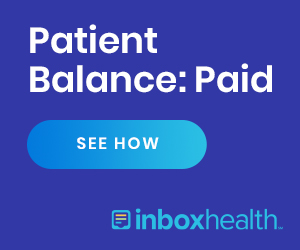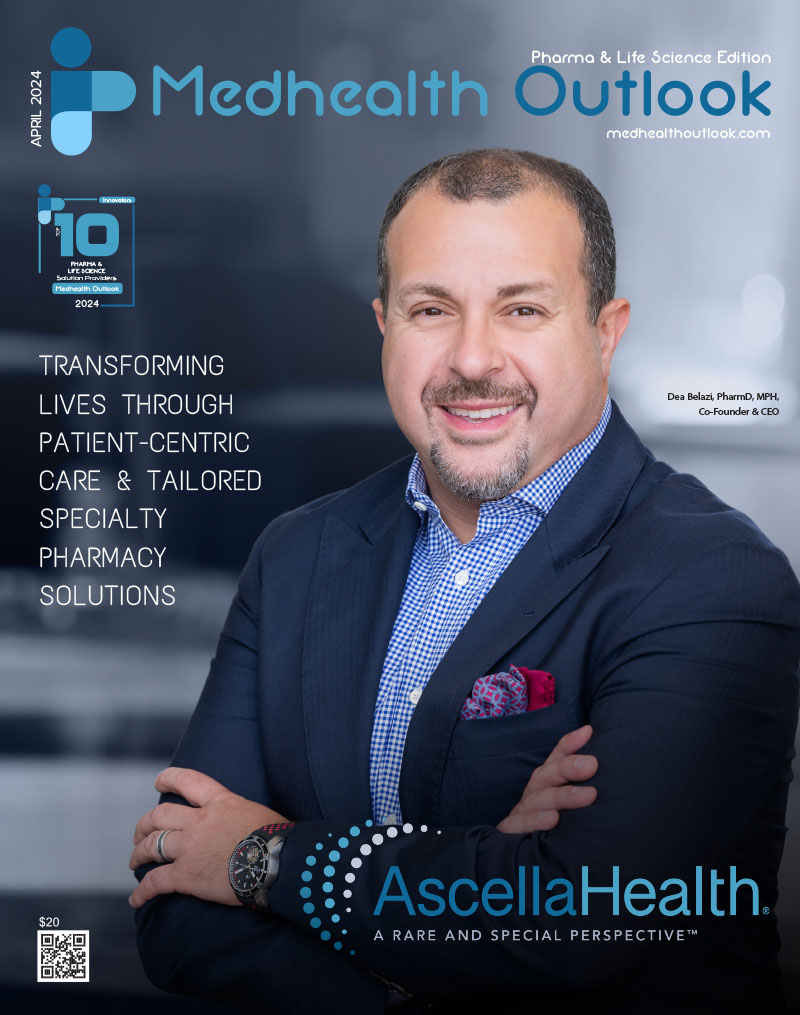The human arsenal, as we know, has no dearth of substance whatsoever, and yet the greatest thing you are likely to find here is that tendency of ours to grow on a consistent basis. This tendency, in particular, has allowed us to realize some huge milestones throughout our journey so far, with technology proving to be a major member of the stated group. The reason why technology enjoys such a high stature among people is largely predicated upon its core set of offerings that were unique enough to completely reimagine our reality. Nevertheless, if we take a closer look, it will become clear how the whole runner was also inspired by the way in which we utilized those offerings. The latter component was, in fact, what gave the creation a spectrum-wide presence, including a very important appearance on our healthcare block. Technology’s foray into healthcare was so pivotal because it came right when the sector was beginning to struggle against its own obsolete structure. Fortunately enough, the creation was successful in shaking up our fortunes there, but even after achieving something so monumental, the emerging medtech concept will continue to produce all the right goods. This has only turned more and more evident over the recent past, and Google Cloud’s latest move should do a lot to keep that trend alive.
Google Cloud has officially launched a new and dedicated product suite, which is conceived to make medical imaging data more interoperable and useful by leveraging artificial intelligence. According to certain reports, the new suite is built to solve two of the biggest challenges that we face while developing image-based AI models. These challenges, if you haven’t guessed it already, are of image annotations and labeling. You see, this unequivocal need to label the relevant area on each and every image makes the whole process tedious, therefore eventually affecting the end productivity. In order to take on the stated issue, Google Cloud has formed a strategic partnership with artificial intelligence companies, Nvidia and Monai. The idea is to use their automated annotation capabilities to produce a framework “that just make the process much faster for organizations.”
Although the new productive suite is relatively recent, it already has some big customers across the tech block. One of these customers is the Hackensack Meridian Health, a New Jersey-based health system, which uses Google Cloud’s suite for image-based research to help with the earlier detection of metastasis in prostate cancer patients. The company hopes to use Google Cloud’s latest brainchild to build out its own AI capabilities so that it can eventually give image-based clinical diagnoses across a range of imaging. Another notable player using the suite is Hologic. Hologic, with the help of the new suite, is expected to strengthen its diagnostic platform that screens women for cervical cancer.
When quizzed about the suite, Alissa Hsu Lynch, head of Google’s medtech strategy and solutions, said:
“The size and complexity of these images is huge, and often, images stay sitting in data silos across an organization,” she said. “In order to make imaging data useful for AI, we have to address interoperability and standardization. This suite is designed to help healthcare organizations accelerate the development of AI so that they can enable faster, more accurate diagnosis and ease the burden for radiologists.”











